6 Home Remedies To Treat Pregnancy Stretch Marks
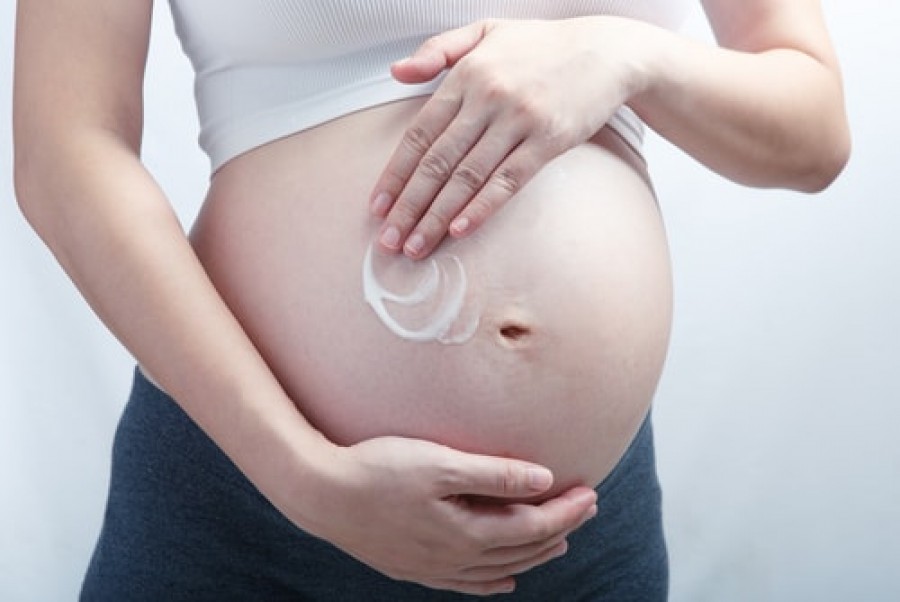
Pregnancy is a wonderful joyful experience that puts your body through the wringer really.
The changes that a woman undergoes during pregnancy are so varied and wide-reaching that some of them we don’t even become aware of until years later.
It’s all part of the fun and excitement that mother nature likes to throw at us quite frankly.
During pregnancy, your body can undergo various skin changes.
These changes bring pigmentation, stretch marks, redness, and discolouration. You may also notice other changes including acne, dry skin, brittle nails and hair falling out.
All of these changes have the ability to affect your appearance and confidence. Not every woman experiences these changes, but some are more likely to if there is a family history of them.
The best of everything your body is producing right now is going into growing a healthy baby, leaving not much of anything left for you.
It can be hard at this time with the changes your body goes through and as the pregnancy progresses to not feel self-conscious about the changes in your appearance.
You should try to remember that to your partner you will be as beautiful as you ever were (if not more so). And because of the incredible and magical things your body is doing right now, you really should cut it, and yourself, a bit of slack.
Types of Skin Changes
There are major four types of skin changes during pregnancy.
#1 Striae gravidarum – commonly known as stretch marks.
The majority of women will develop stretch marks, with between 50% and 90% of older women reported having them. Genes for stretch marks are carried down the maternal line, so, if your mother had stretch marks, you will probably get them too.
They commonly appear over buttocks, abdomen, thighs, breasts, and arms. They are a result of elastic fibres or connective tissues continuous stretching around the growth of your baby bump.
This happens because the second layer of your skin called the dermis (which is beneath the epidermis) has less elasticity and less collagen than needed to allow your skin to stretch smoothly and also bounce back once your pregnancy is over.
The bundles of collagen in the dermis may pull apart and then when you lose weight again the collagen structure underneath is now different, causing lines and wrinkles we call stretch marks.
Stretch marks can be all sorts of wonderful colours, including lighter than your usual tone, translucent or even blue or purple.
#2 Palmer erythema – is the reddening of the skin due to increased vascularity.
Estrogen increases blood flow, hence increased vascularity. Palmer erythema appears in the hands.Spider angiomataare reddening of the skin in a spot pattern.
#3 Linea nigra – is the hyperpigmentation of the lower abdominal midline.
Darkening of the skin occurs due to pregnancy hormones. These patches are coffee coloured in lighter complexion women and a deeper brown shade in darker complexion women. Again, not every woman will experience this line.
#4 Chloasma – is also known as melasma.
It is a blotchy pigmentation of the nose and face. It worsens with sun exposure.
When do stretch marks begin to appear?
These changes generally appear by the sixth or seventh month of pregnancy.
At this time the baby is growing rapidly, stretching causes tearing of the collagen tissue or the middle layer of skin, hence the appearance of these marks.
How can I treat pregnancy stretch marks?
Many women try to treat these skin changes.
You can apply creams or oils as soon as you become pregnant in anticipation of any skin stretching occurring, to allow the skin to stay more supple and less likely to stretch and scar.
But if you haven’t started combatting them until after the fact you may have more limited options.
Skin conditions like dry skin, skin reddening and lineanigra will go away with your rising hormone levels once the pregnancy is over.
However, it is harder to get rid of the skin changes brought about by stretching or tearing of skin such as stretch marks or chloasma.
Creams and oils may not completely remove all of the marks. The best outcome is to fade the scarring. The following tips may help to fade or lighten:
#1 Oils
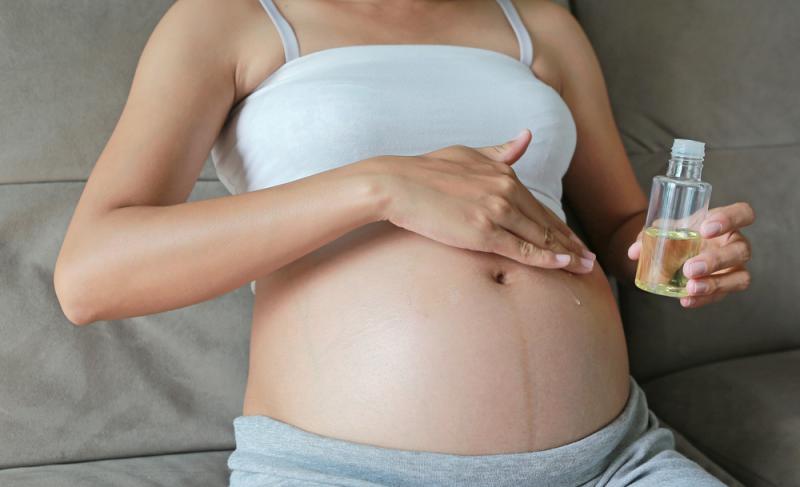
Coconut oil or olive oil has been found to lighten darkened skin. Bio Oil has been seen to lighten stretch marks, even if you start using it in your third trimester.
#2 Gels
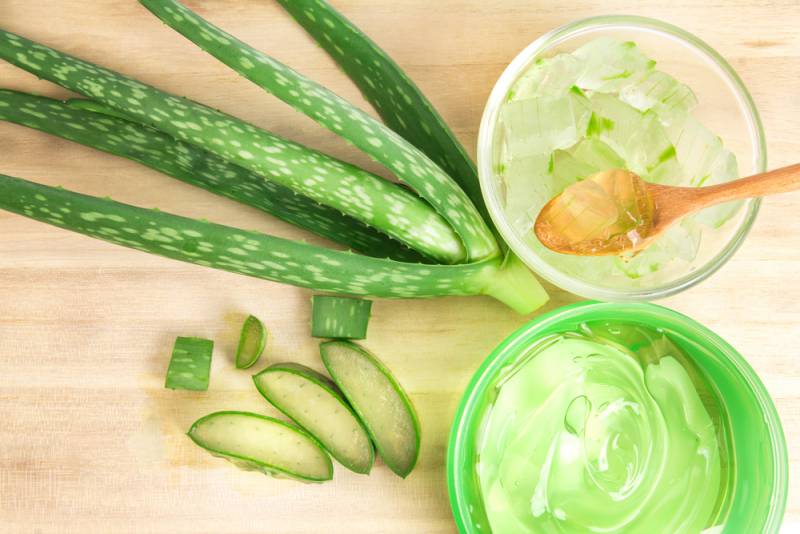
Aloe vera is generally applied to relieve inflammation and tanning of the skin. You can either use a bought gel or apply natural aloe vera stem. To use the stem cut it in half and apply the middle portion containing the gel over the stretch marks.
#3 Egg whites
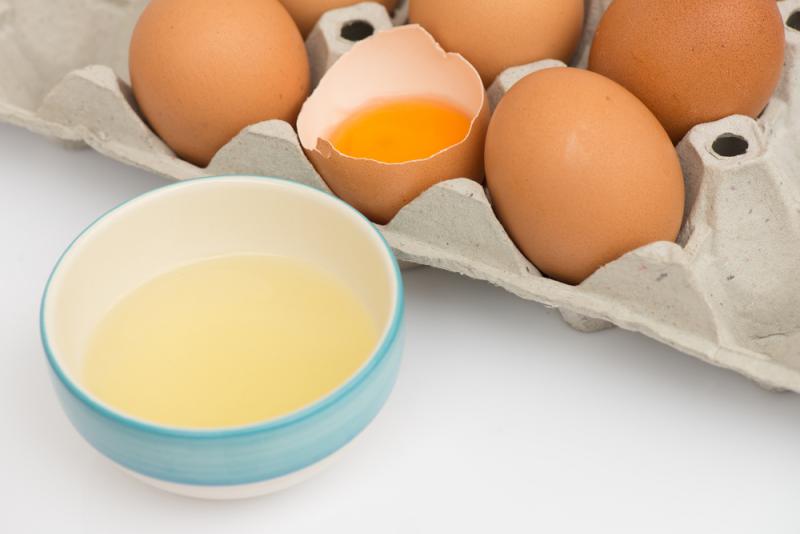
Egg whites contain the albumin, a natural protein. Protein heals and repairs. Whip the egg whites then paste it over the stretch marks twice daily.
#4 Lemon juice
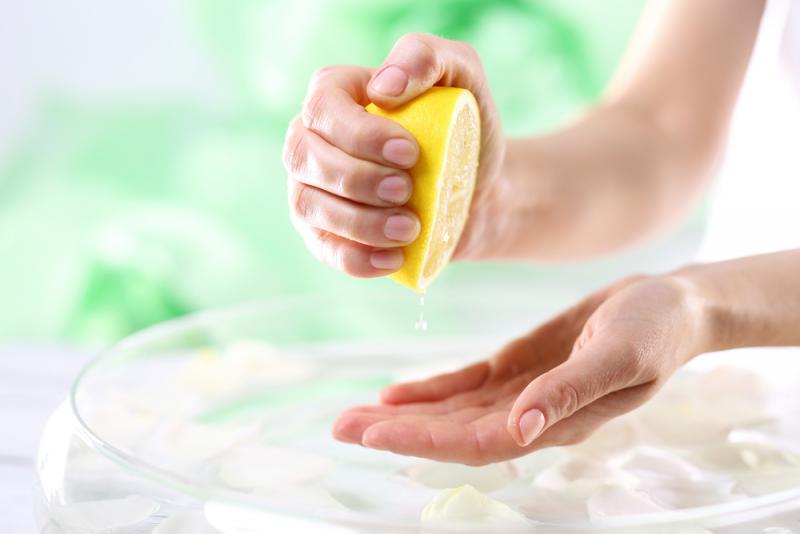
Lemon juice is s rich in vitamin C. It is an antioxidant agent which kills dead skin and lightens darkened skin. Lemon juice can be used in two ways:
1. Cut the lemon in half and apply it over the affected area.
2. Squeeze out the lemon juice, add a teaspoon of sugar, mix, and then paste mixture over the affected area.
#5 Potato juice
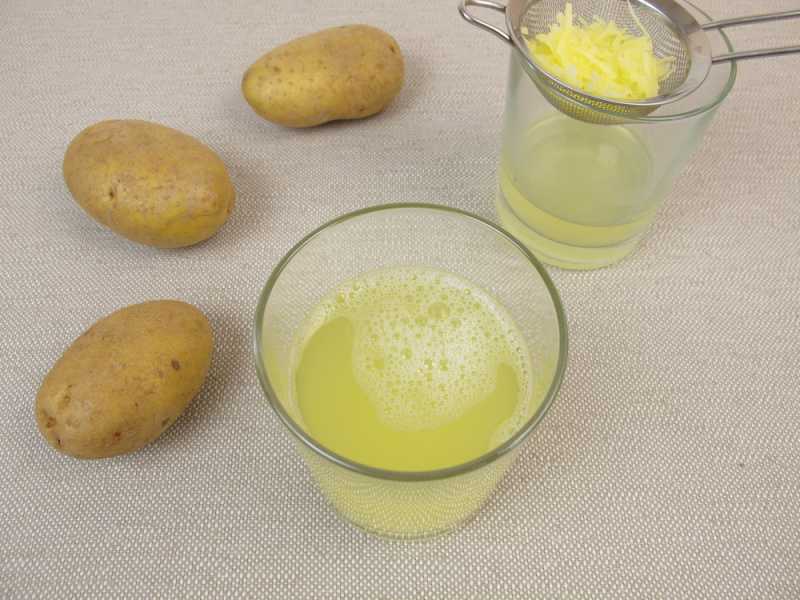
Potatoes heal and repair. Some women have found potato juice effective at fading stretch marks. Cut the potato then apply the juicy side to the stretch marks. Leave it there for five minutes, then rinse it off.
#6 Sugar
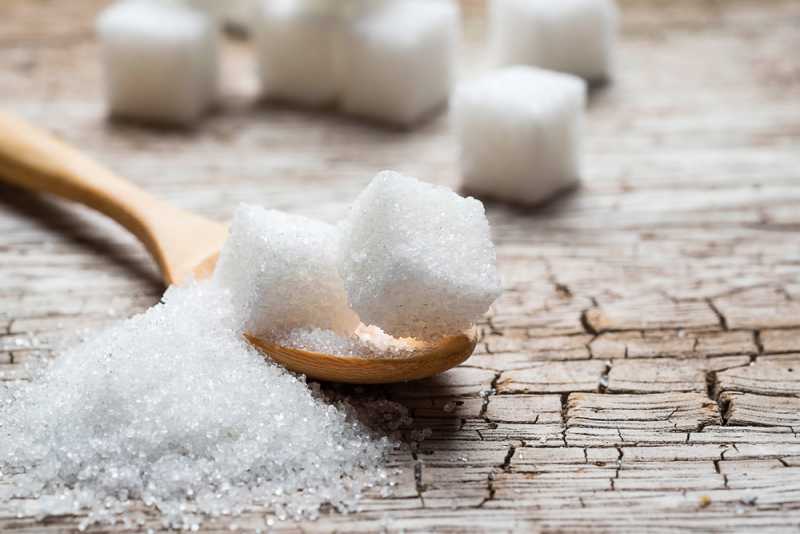
Sugar can have an exfoliating effect and help to remove dead skin.
Add two teaspoons of sugar to some lemon juice and few drops of almond or olive oil. Mix to form a paste.
Brush the paste over the affected areas. Let it dry for 5-10 minutes then rub it off.
How to prevent pregnancy stretch marks?
It is possible to reduce the formation of stretch marks during pregnancy.
It is not 100% effective, but for some women, the following methods may help reduce the severity of stretch marks.
#1 Reduce weight gain
Rapid and excessive weight gain in pregnancy leads to the skin stretching.
Eating sensibly during pregnancy helps keeps you and your baby healthy and prevents excess weight gain.
You should be taking in the nutrients for two people, not the quantities as the old myth would have us believe.
Ideally, you should only gain around 15kg during the course of the pregnancy, and this should happen very gradually cross the nine months.
#2 Exercising
Exercising during pregnancy is not unsafe.
Exercise helps stretch thigh muscles which relax the pelvis and aids in labour pains.
Exercise helps maintain weight and shed excess weight post pregnancy.
Using exercise to maintain your weight during pregnancy will help to reduce the occurrence of stretch marks.
#3 Cocoa butter
Applying cocoa butter, shea butter, almond oil or olive oil during pregnancy can help prevent stretch marks.
Cocoa butter also smells like chocolate.
Cocoa butter is a hydrating agent and contains vitamin E.
You can start applying this to your belly and thighs from the first trimester and this kind of prevention may be your best weapon in the fight against stretch marks.
What if none of this works?
Some stretch marks are stubborn little mites and really don’t want to go away again.
You may need to learn to accept them as badges of honour and be proud of the incredible things your body has done.
If they are very bad you can consider clinical treatments or surgery as an option but talk to your doctor and your partner about this first as this is usually a last resort and the most expensive option.
There are laser treatments similar to those used for reducing wrinkles and making skin look younger that claim to reduce scarring such as stretch marks, however, the evidence is still limited as to how well these treatments really work.


